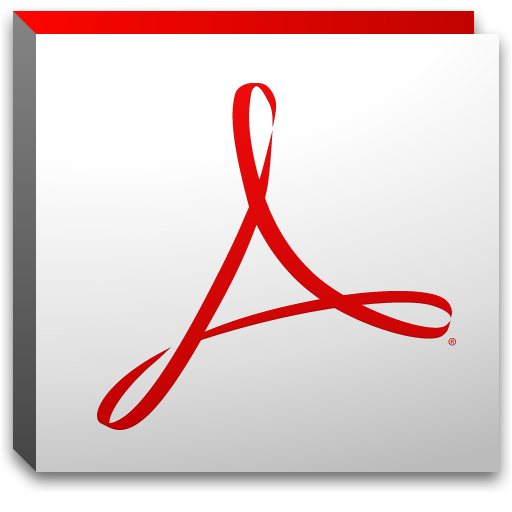Harris Cd Link Stl Manual Dexterity
Download >>Download Hbcd customizer manual muscle Read Online >>Read Online Hbcd. Harris Cd Link Stl Manual Muscle. Crate Gxt 212 Manual Dexterity. This link expires 10 minutes after you close the presentation. The work of the specialist requires excellent manual dexterity. My name is Lynne Rahel Harris.
Page/Link: Page URL: HTML link: The Free Library. Retrieved Feb 07 2018 from.
Summary The article is divided into two sections, like a two-course meal. The first section begins by defining food before considering some cultural aspects of what constitutes normal/permissible versus abnormal/non-permissible comestibles; it rounds out with a brief subsection devoted to anthropophagy. The second section discusses cannibalism (and some of its associated processes, such as decapitation and evisceration) as themes in Thomas Harris's tetralogy of novels featuring the psychiatrist/serial killer/cannibal, Hannibal Lecter. Cumulatively, the two sections seek to explore and explain how and why, in Hannibal Lecter's case, 'Der Mensch ist was er isst' (Man is what he eats). Opsomming Die betrokke artikel word in twee afdelings verdeel, soos 'n tweegangmaaltyd. Die eerste afdeling begin met die definisie van dit wat eetbaar is en oorweeg etlike kulturele aspekte wat normale/toelaatbare teenoor abnormale/ontoelaatbare voedsel uitmaak.
Verder word die spesifieke afdeling afgerond met 'n kort onderafdeling wat oor antropofagie handel. Die tweede afdeling bespreek kannibalisme asook enkele prosesse wat daarmee geassosieer word soos onthoofding en oopvlekking (die verwydering van die ingewande), wat as temas in Thomas Harris se tetralogie van romans figureer en wat die psigiater/reeksmoordenaarlkannibaal, Hannibal Lecter, uitbeeld. Die twee afdelings poog om kumulatief ondersoek in te stel en te verduidelik hoe en waarom, soos in Hannibal Lecter se geval, 'Der Mensch ist was eri sst '(Die mens is wat hy eet).
1 Food Because this special issue focuses on food, it seems important to consider at least one definition of it. The Shorter Oxford Dictionary (2007) defines food this way: 1 a Substance(s) (to be) taken into the body to maintain life and growth, nourishment; provisions, victuals, b One's livelihood. * c An article of food; a type of food.
D Solid nourishment, as opp. Free Interactive Family Tree Template there. The same dictionary also offers a definition of the word's figurative meaning: 2 Something providing spiritual, emotional, or mental sustenance. Matter or material to discuss or dwell on.
We note here the interrelationship between the substances we ingest to maintain the life and growth of the physical body and those absorbed as objects of contemplation (as food for thought, for example) or for 'spiritual, emotional, or mental sustenance'. They are not necessarily different; food can be ingested (or avoided) to satisfy a number of psychological hungers. And we note further that, separating out these two definitions of food only reinforces a mind/body split--given initial credence perhaps by Juvenal's idea of 'mens sana in corpora sano' (a healthy mind in a healthy body) (Cohen & Cohen 1967: 214)--that is currently understood to be less than clearly distinguishable: 'Psychological and physical health seem inextricably linked' (Watson 2003: 254). Be that as it may, food has been suggested as the indicator of several behaviours. Several decades before the advent of the Christian era, the Roman writer, Lucretius, used it as a definer of taste, suggesting that what is food to one man is bitter poison to others (Ut quod ali cibus est aliis fuat venenum) (Cohen & Cohen 1967: 239).

